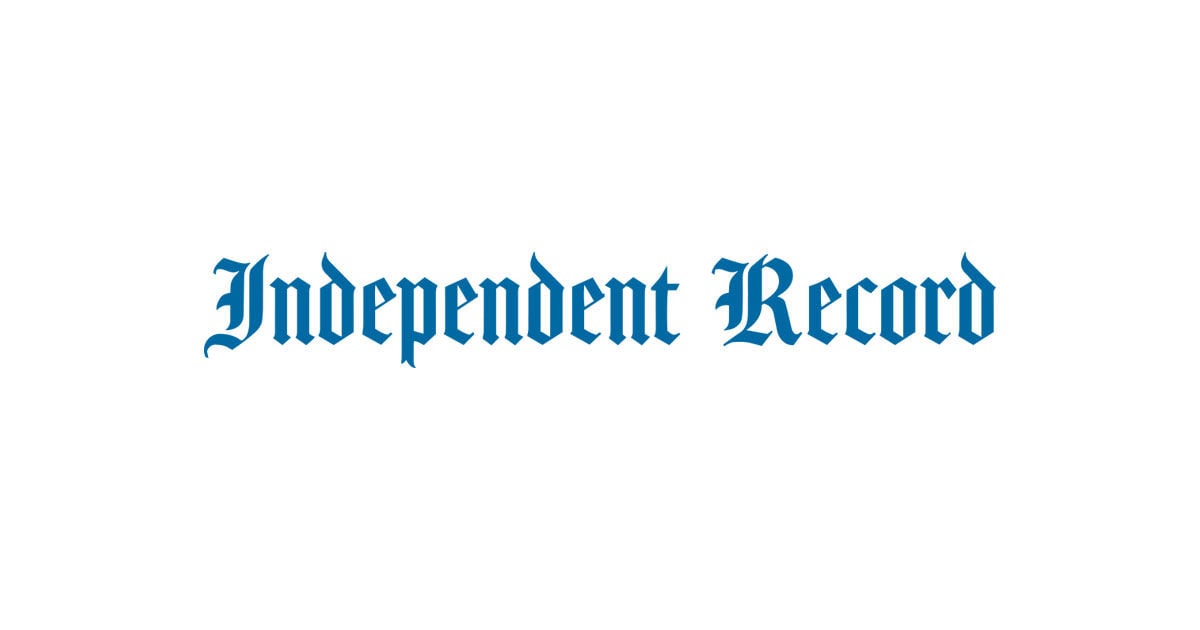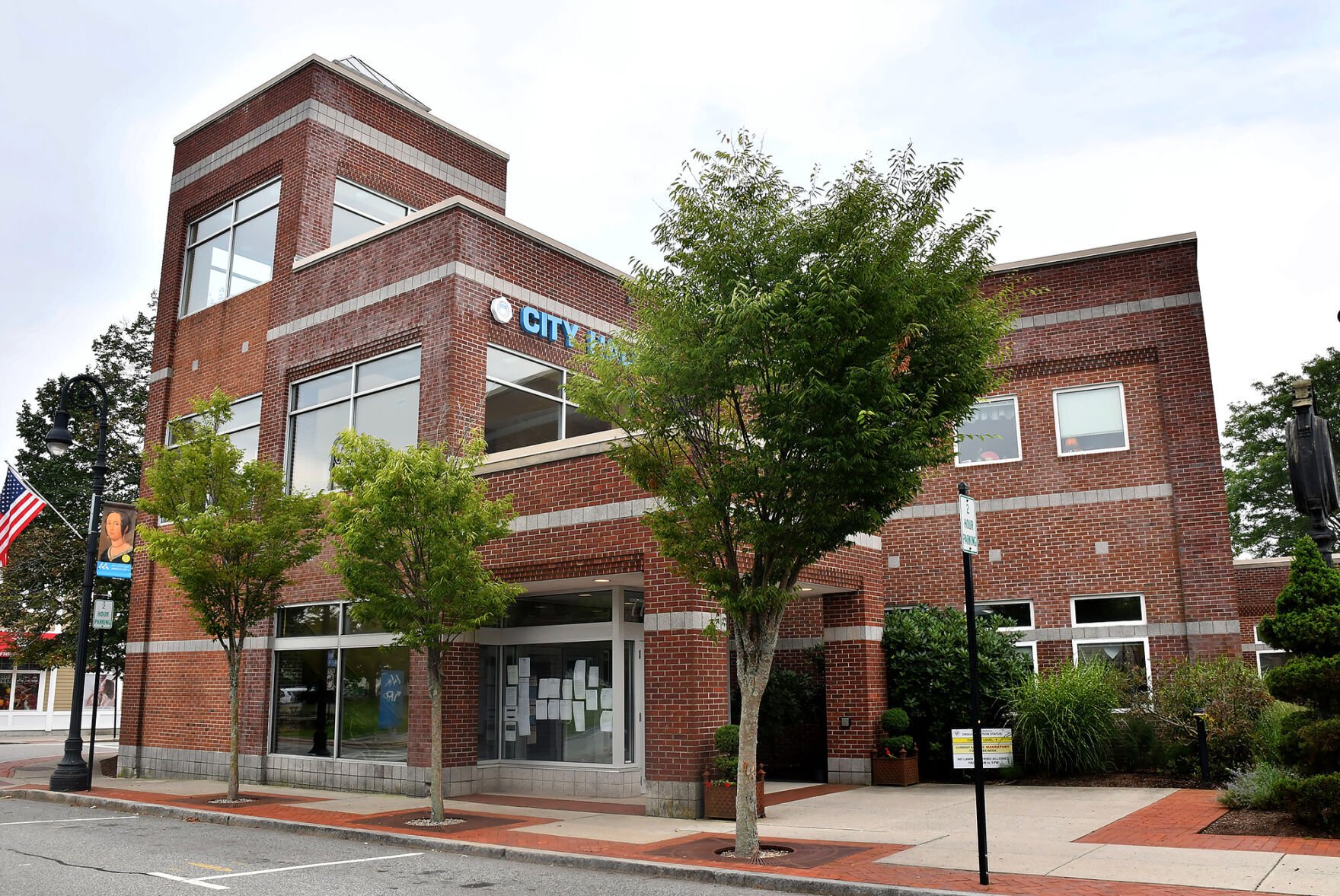Retirees aged 73 and older are required to take minimum distributions from their retirement accounts, but with strategic planning, these RMDs can be opportunities rather than obligations. Discover three smart strategies to maximize your savings and minimize taxes by reinvesting, donating, or using RMDs to pay your taxes.
3 Ways to Use Your Required Minimum Distribution (RMD) Strategically in Retirement
Key Takeaways:
- Reinvesting RMDs can keep your money growing in taxable accounts.
- Qualified Charitable Distributions allow tax-free donations that count toward RMDs.
- Using RMDs to pay estimated taxes simplifies tax obligations and avoids penalties.
- Early RMD withdrawals can reduce future RMD amounts and give investments more time to grow.
- Strategic RMD management can minimize taxable income and potentially lower Medicare premiums.
Turning Required Distributions into Financial Opportunities
As you enter retirement, the IRS requires you to start drawing down your tax-advantaged retirement accounts. Anyone age 73 or older must take a Required Minimum Distribution (RMD) from their accounts by the end of the year. While failing to take an RMD on time can result in penalties of up to 25% of the amount you were required to withdraw, savvy retirees can turn this obligation into an opportunity.
Here are three strategic ways to use your RMD to maximize your retirement savings and minimize taxes.
1. Reinvest Your RMD
Just because you’re required to withdraw money doesn’t mean it has to stop working for you. Reinvesting your RMD into a taxable brokerage account lets your funds continue to grow.
Consider an in-kind distribution, where you transfer assets directly to your taxable account without selling them first. For tax purposes, the cost basis becomes the value of the investments at the time of transfer.
“You don’t even have to sell your investments in your retirement account to take your RMD if you plan to keep the funds invested,” the original article notes.
Be cautious of market fluctuations that might cause you to undershoot your RMD amount. It might be wise to withdraw some assets in-kind and supplement with cash to meet the required amount.
For maximum benefit, take your RMD early in the year. With more time in the market, your taxable investments have greater potential for growth, and you reduce future RMD amounts since you’ve withdrawn more from your retirement account.
2. Give More to Charity
If you’re charitably inclined, a Qualified Charitable Distribution (QCD) offers a tax-efficient way to donate. A QCD is a direct transfer from your IRA to a qualified non-profit organization.
“You can use a qualified charitable distribution, or QCD. The QCD will count toward your RMD for the year, and you can donate up to $108,000 in 2025,” the article explains.
By donating directly from your IRA, the distribution doesn’t count as taxable income. This means you don’t need to itemize deductions to benefit, which is advantageous since the standard deduction for a married couple in their 70s is $33,200 in 2025.
Additionally, a lower adjusted gross income can help you qualify for reduced Medicare Part B premiums and lower the taxes on your Social Security income.
3. Pay Your Taxes with Your RMD
Many retirees face the challenge of making estimated tax payments without the structure of paycheck withholdings. Using your RMD to pay taxes can simplify this process.
When you take your RMD, you can instruct your broker to withhold taxes. Remarkably, the IRS treats withheld taxes as if they were paid evenly throughout the year, regardless of when they were actually withheld.
“So, if you take your RMD in December, when you have a good idea of how much tax you’ll owe for the year, you can set it up so your brokerage withholds enough in taxes to make up for any missed estimated payments,” the article suggests.
This strategy helps avoid late-payment penalties and keeps your other investments compounding throughout the year.
Strategize for a Better Retirement
Required Minimum Distributions are a fact of retirement life, but with thoughtful planning, they can be more than just a withdrawal. By reinvesting, donating, or effectively managing your tax payments, you can turn your RMD into a tool for financial growth and tax efficiency.
Making the most of your RMDs ensures that you retain control over your retirement savings, support causes you care about, or simplify your tax obligations—all while staying compliant with IRS requirements.











